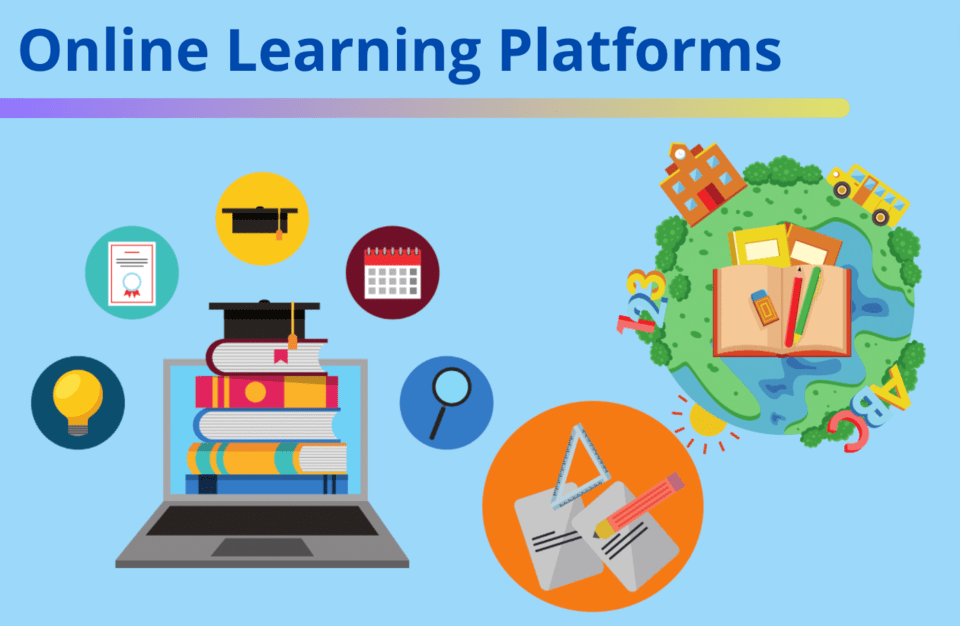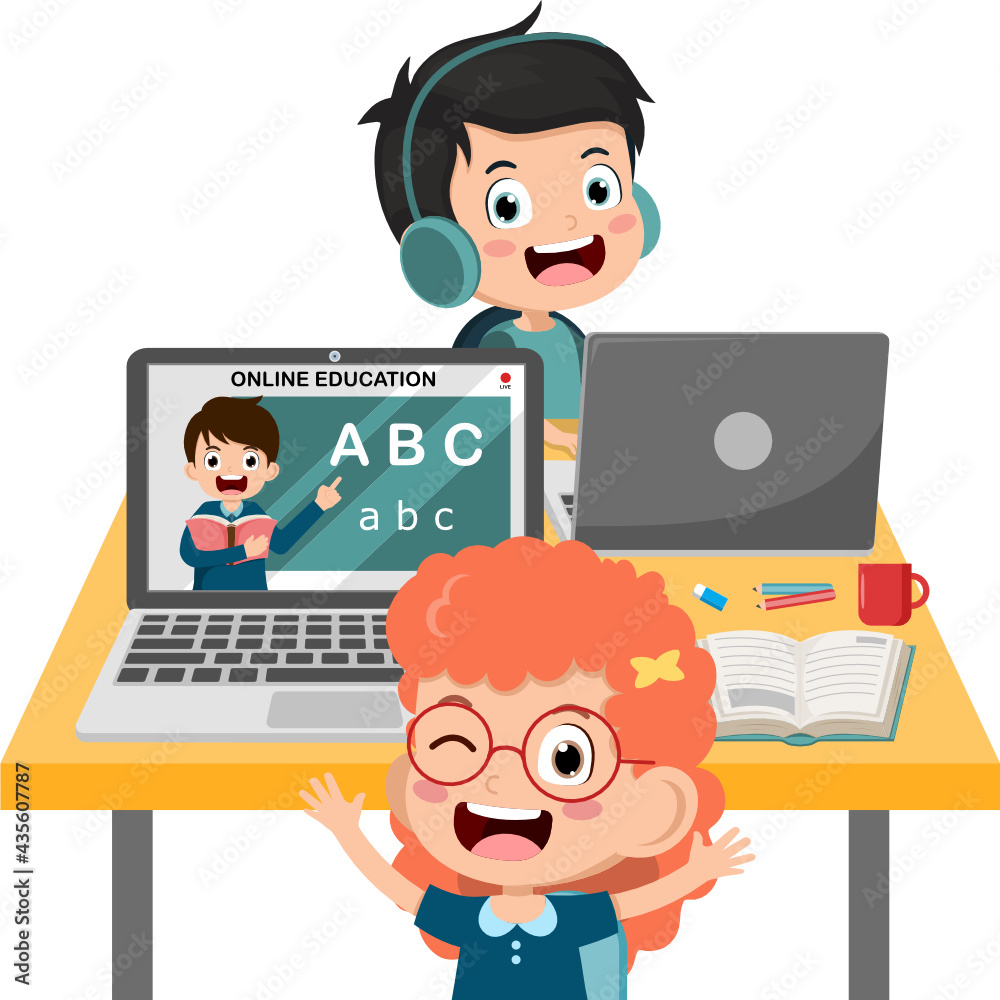The Duty of E-Learning in Shaping the Future of Education And Learning for Children
As conventional education and learning systems progress, the integration of e-learning is arising as an essential pressure in forming the future of education and learning for children. Understanding the complete level of this effect requires examining the complex implications of e-learning's duty in contemporary education systems.
Interactive Understanding Settings
In the realm of e-learning for children, interactive learning environments have actually emerged as essential devices in enhancing instructional results. Education and study for children and kids. These digital systems incorporate multimedia components such as videos, computer animations, and gamified exercises to create a vibrant and interesting instructional experience. Especially, they change passive knowing right into an energetic procedure, thus cultivating better retention and understanding

Virtual classrooms and conversation forums allow students to share concepts, ask questions, and team up on projects, reproducing the advantages of typical classroom interactions. Interactive discovering environments are not just additional instructional tools but necessary elements that enhance the learning environment for youngsters.
Personalized Education And Learning Courses
Using the capacity of tailored education and learning courses transforms the finding out experience for kids by providing to their unique demands and capabilities. E-learning platforms, however, can utilize innovative algorithms and data analytics to tailor academic material, pace, and techniques to each youngster's specific needs.
Personalized education paths also equip instructors by providing in-depth understandings right into student progress. On the other hand, students standing out in specific subjects can progress without being held back by a standardized educational program.
Furthermore, e-learning systems can incorporate diverse knowing sources, such as interactive simulations, multimedia content, and gamified lessons, to straighten with different understanding styles. By accommodating aesthetic, auditory, and kinesthetic learners, customized education paths make certain that each child receives the most efficient educational methods. Education and study for children and kids. Therefore, leveraging individualized education paths through e-learning contributes in creating a future-proof, comprehensive, and efficient educational landscape for youngsters
Enhancing Ease Of Access
While the benefits of customized education courses are substantial, improving accessibility is similarly critical to make certain that e-learning systems can reach all youngsters, irrespective of their socio-economic background or geographic area. Digital addition is vital to link the instructional divide and supply fair knowing chances. This can be achieved with the growth of affordable, high-quality e-learning services that come on varied devices, including tablet computers, smart devices, and computers.
In addition, partnerships between federal governments, non-profits, and economic sectors can help with the distribution of necessary innovation and web accessibility to underserved neighborhoods. Such collaborations can additionally sustain the creation of localized content in various languages, making certain social significance and comprehension.
Moreover, adaptive learning technologies can be customized to fit children with handicaps, providing attributes like text-to-speech, flexible text dimensions, and interactive aspects that deal with various understanding requirements. These advancements not only equalize education and learning however also encourage students by providing tools that satisfy specific difficulties.
Creating Crucial Skills
With access improvements in position, the following essential facet to address is the advancement of essential abilities among young learners. E-learning platforms supply an unique her response opportunity to grow a range of necessary skills that standard class setups may struggle to address adequately. Amongst these are critical reasoning, analytic, and electronic literacy, which are progressively important in the modern-day globe.

Furthermore, e-learning systems typically include collaborative tools like conversation forums, team projects, and peer testimonials, which foster interaction and teamwork skills. These platforms likewise reveal pupils to a huge selection of electronic devices and sources, boosting their digital proficiency. As trainees browse various software application, applications, and on-line resources, they end up being skilled at using innovation efficiently and sensibly.
Fundamentally, e-learning not only supplements traditional education but likewise gears up trainees with the important skills essential to prosper in a progressively digital and interconnected globe.
Conquering Geographical Obstacles
The introduction of e-learning has actually substantially mitigated the geographical obstacles that commonly impeded accessibility to high quality education. Before the digital transformation, students in remote or impoverished locations commonly faced minimal educational sources and possibilities. E-learning systems now connect this gap, offering global accessibility to high-quality instructional material no matter location.
With online courses, online libraries, and interactive devices, pupils from diverse geographical backgrounds can involve with the exact same curriculum provided in cosmopolitan schools. This democratization of education makes certain that every youngster, irrespective of their physical place, has the potential to attain academic success. E-learning facilitates access to specific subjects and professional teachers that might not be offered locally.
In addition, e-learning makes it possible for real-time cooperation in between students and instructors from different parts of the globe, fostering an international understanding community. The function of e-learning extends past plain comfort; it is a transformative device that redefines accessibility in education and learning.
Conclusion
E-learning is pivotal in forming the future of education and learning for kids by producing interactive and individualized understanding settings. E-learning, as a result, stands as a foundation in the evolution of modern education and learning.
As typical education systems progress, the combination of e-learning is emerging as a this pivotal force in forming the future of education for children. Thus, leveraging personalized education and learning paths through e-learning is important in developing a future-proof, inclusive, and effective educational landscape for kids.
While the advantages of personalized education courses are significant, improving access is equally important to guarantee that e-learning platforms can reach all youngsters, regardless of their socio-economic background or geographic area. The function of e-learning prolongs beyond plain ease; it is a transformative device that redefines availability in education.
E-learning is pivotal in forming the future of education and learning for children by developing interactive and personalized understanding settings.